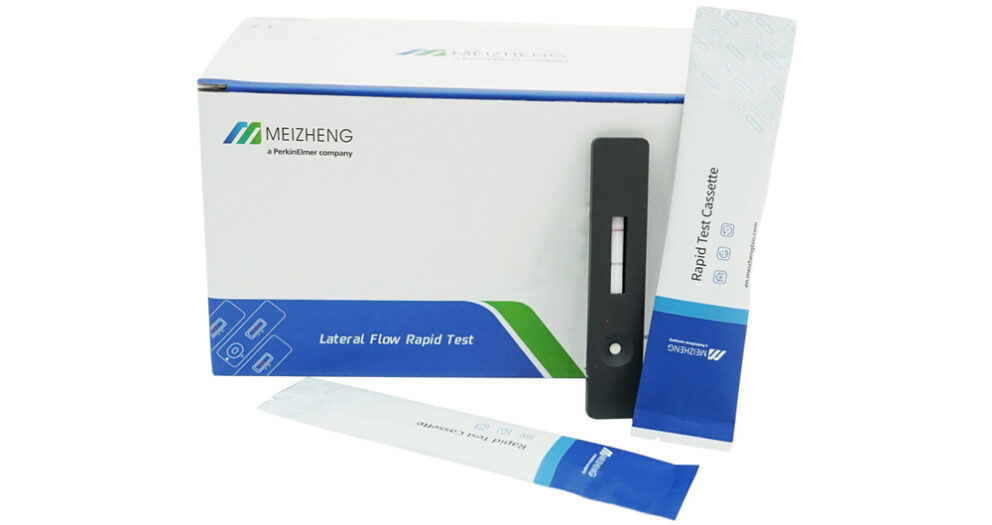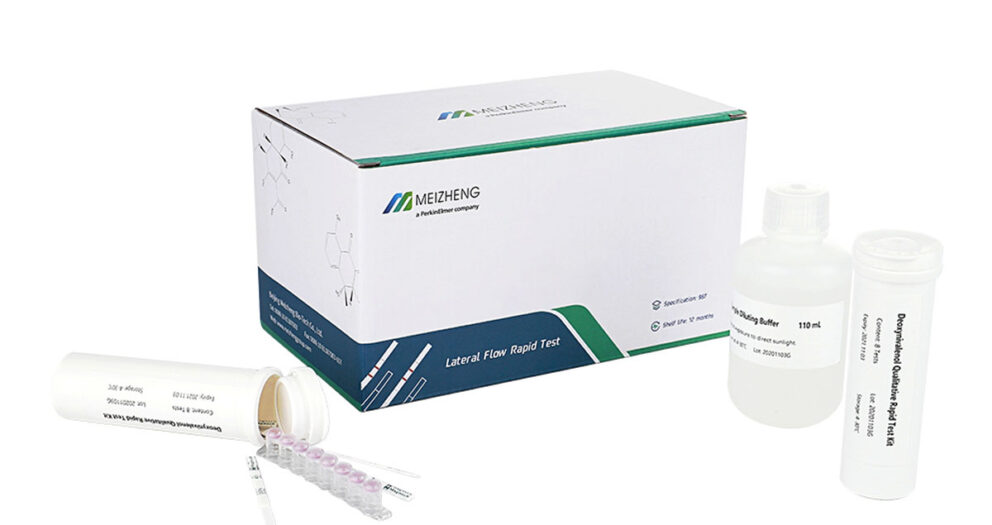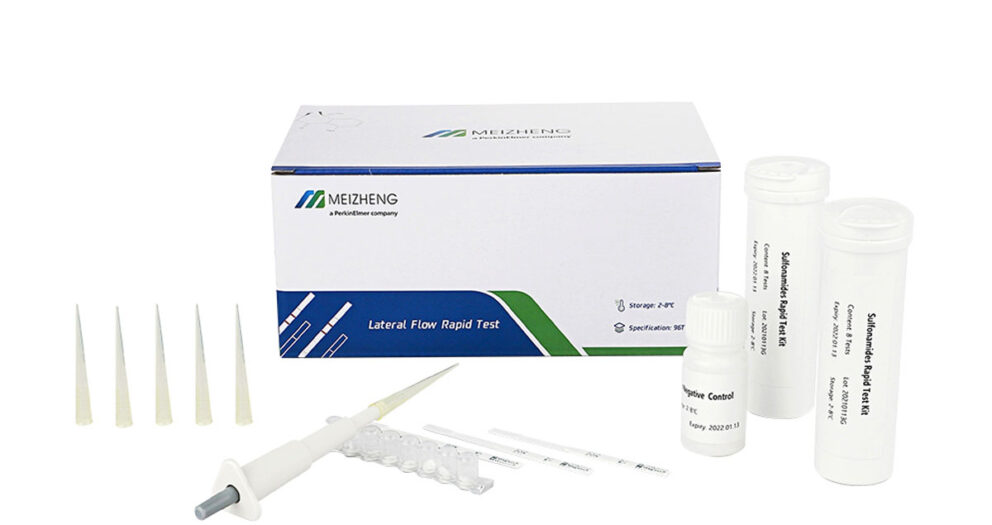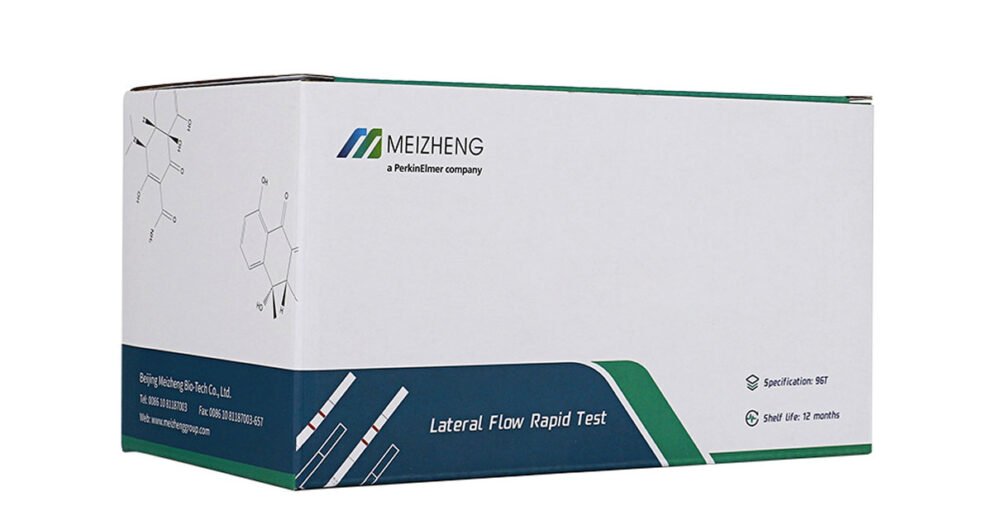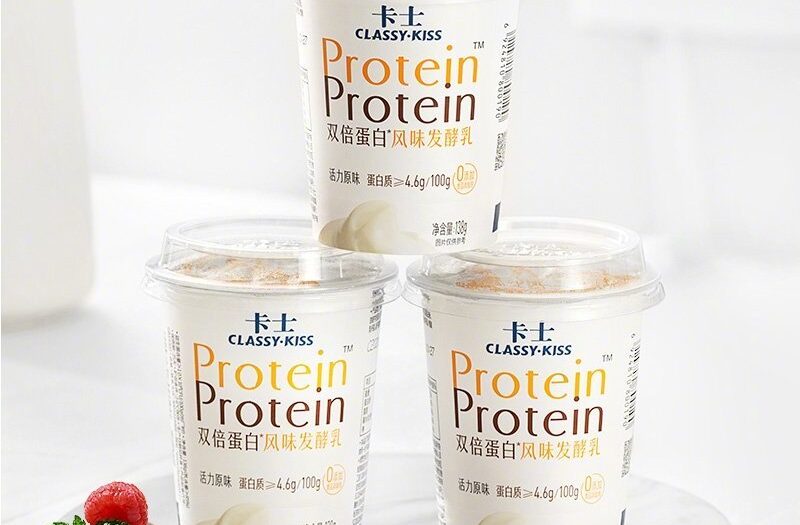Defective product judgment
Warehouse management personnel collect, record and judge the types, specifications, appearances and qualifications of the materials.
The production operator collects, records and judges the semi-finished products, finished products shape, appearance, loading quantity, etc. in the production process
The physical and chemical properties of materials, semi-finished products and finished products are sampled, inspected, recorded and judged by the quality inspectors according to the technical indicators stipulated by the state
Control of non-conforming products (items)
(1) Unqualified in the receiving process of raw materials and auxiliary materials
1. When importing raw and auxiliary materials purchased from abroad, the supplier must provide the production license certificate of the exporting country, the certificate of origin and the entry inspection and quarantine certificate issued by the Entry-Exit Inspection and Quarantine Bureau;
2. Business license, production license and detailed page, self-inspection and external inspection report of this batch of products must be provided when purchasing raw materials in China, fishing vessel fishing license and inspection and quarantine report certificate must be provided for aquatic products, and inspection and quarantine report for meat products must be provided. report proof.
3. The above certificates must be complete and qualified before they can be accepted. If there are any deficiencies, the supplier can make up for them within a time limit according to the situation. If all the supporting documents cannot be provided, it will be regarded as unqualified raw and auxiliary materials and should be returned.
4. After the above certificates are all qualified, the quality inspectors will sample for sensory, physical and chemical, microbiological and other inspections, and fill in the “Inspection Record of Raw Materials”. Only those who pass the inspection can be put into production, otherwise it will be deemed unqualified, and the disposal is as follows:
① Sensory inspection (packaging, appearance, weight, specifications), physical and chemical inspection are unqualified, concessions are allowed and put into use, but must meet the requirements of the order or obtain the consent of the customer.
②The microorganisms, acid value, peroxide value, etc. are unqualified and cannot be used for production and processing. The purchasing department shall report to the supplier in writing in detail and truthfully, and the supplier shall make a disposal plan in written form.
③ To be used for other purposes, such as resale, etc.
(2) Control of substandard products in the production process:
1. When there is an abnormality in the production process of the product, it is determined by the production operator, and the production process adjustment, equipment adjustment, repeated operation or rework shall be carried out, and the situation shall be filled in the “Post Operation Record”. Enter the next process, otherwise, stop work, isolate the product and hand it over to the inspector for testing
2. If there is an abnormality in the production process of the product, the inspector should fill in the “rework record of semi-finished product” and rework it. After rework, it can be transferred to the next process after re-inspection. Those that are still unqualified after rework cannot be reworked, and should be transferred to domestic sales (but there should be no qualified factors affecting personal health) or destroyed, and a record of disposal of unqualified products should be filled out. At the same time, immediately find and analyze the cause of the problem, take corrective measures in a timely manner, and fill in the “correction record”.
(3) Control of unqualified products during sampling inspection of finished products
1. Sampling and testing the finished products according to the “Product Sampling Regulations”, “Product Inspection Regulations” and relevant national inspection standards
2. If each inspection item is found to be unqualified in the sample, the sample should be doubled for inspection. If the same unqualified item in the first sample is found in the additional sample, the leader in charge will propose a treatment plan.
①Re-inspect the box and rework the unqualified items that can be reworked
②Products with unqualified indicators such as microorganisms that cannot be reworked are judged as unqualified batches, and the company leaders decide the treatment plan, and hold a problem quality analysis meeting to find out the reasons, and propose corrective and preventive measures. The quality assurance department makes records and records .
(4) Control of unqualified products after delivery
1. When the following non-conformities occur on the sold products, the product recall procedure shall be implemented.
(1) Food that has induced food contamination, food-borne disease, or caused harm to human health or even death;
(2) Foods that may cause food contamination, food-borne diseases or harm to human health;
(3) Foods that contain ingredients that may cause health hazards to specific groups of people but are not marked on food labels and instructions, or are incompletely or unclearly marked;
(4) Food in the same batch as the food with unqualified quality checked and verified by the supervision and management department;
(5) Foods that are ordered to be recalled by the supervision and management department, or that the unit deems to be recalled.
(6) Other unsafe foods stipulated by relevant laws and regulations.
2. According to the severity of food safety hazards, food recall levels are divided into three levels:
(1) Level 1 recall: recall of unsafe food that has caused or may induce food contamination, food-borne diseases, etc., causing serious harm to human health or even death, or unsafe food with a wide range of circulation and great social impact;
(2) Secondary recall: recall of unsafe food that has caused or may cause food contamination, food-borne diseases, etc., which have caused harm to human health, and that the degree of harm is generally or that the circulation scope is small and the social impact is small;
(3) Level 3 recall: Recall of unsafe food that has caused or may cause food contamination, food-borne diseases, etc., which have caused harm to human health, and the degree of harm is minor, or the recall of unsafe food that belongs to the third recall situation.
3. Procedure
3.1 Recall implementation:
3.1.1 If it is confirmed that the food belongs to the unsafe food that should be recalled, the company shall immediately stop the production and sale of the unsafe food.
3.1.2 From the date of confirming that the food is an unsafe food that should be recalled, the first-level recall should be within 1 day, the second-level recall should be within 2 days, and the third-level recall should be within 3 days. stop consumption.
3.1.3 When the company releases relevant information on food recalls to the public, it shall report to the quality supervision department at or above the provincial level in accordance with relevant laws and regulations and the relevant provisions of the General Administration of Quality Supervision, Inspection and Quarantine.
3.1.4 From the date of confirming that the food belongs to the unsafe food that should be recalled, the first-level recall should be within 3 days, the second-level recall should be within 5 days, and the third-level recall should be within 7 days. Submit a food recall plan to the provincial quality supervision department.
3.1.5 The main contents of the food recall plan submitted by the company include:
(1) Stop the production of unsafe food;
(2) Notifying sellers to stop selling unsafe food;
(3) Notifying consumers to stop consuming unsafe food;
(4) Types of food safety hazards, causes, potentially affected groups, severity and urgency;
(5) The content of the recall measures, including the implementation organization, contact information, and the specific measures, scope and time limit of the recall;
(6) The expected effect of the recall;
(7) Handling measures after recalling food.
3.1.6 From the date of implementation of the recall, every 3 days for the first-level recall, every 7 days for the second-level recall, and every 15 days for the third-level recall, the food recall period shall be submitted to the provincial quality supervision department through the local municipal quality supervision department. Progress report.
3.2 Recall evaluation
3.2.1 The company shall keep recall records, which mainly include batches, quantities, proportions, reasons and results of food recalls.
3.2.2 Food producers shall submit a recall summary report to the local provincial quality supervision department within 15 days after the expiration of the food recall time limit; if a recall is ordered, it shall report to the AQSIQ.
3.2.3 The company shall conduct harmless treatment of unsafe food in a timely manner; the food that should be destroyed according to relevant regulations shall be destroyed in time. The company shall keep detailed records on the post-processing of recalled food, report to the local municipal quality supervision department, and accept the supervision of the municipal quality supervision department.
Precautions
1. The raw and auxiliary materials that are judged to be unqualified are not allowed to be put into production, the unqualified semi-finished products are not allowed to flow into the next process, and the unqualified finished products are not allowed to leave the factory.
2. When unqualified raw and auxiliary materials, intermediate products and finished products are found, they should be managed according to the following requirements (unqualified products must be accompanied by a laboratory inspection report)
2.1 The warehouse manager should immediately isolate the unqualified products in the specified storage area, and hang up the status signs of the unqualified products.
2.2 The product name, specification, batch number, inspection date, number of pieces, and reasons for failure must be marked in a prominent position.
2.3 The quality management department will work with the production technology department to find out the reasons, and put forward a written handling opinion sheet, which will be sent to the relevant department by the quality supervisor. The handling department should handle it within one week and keep a detailed record.
2.4 The quality management department will carefully review and sign the scrap application form, and the quality manager will send the application form to the general manager, who will sign the application form and transfer it to the warehouse.
2.5 For unqualified raw and auxiliary materials and packaged materials, it is determined that the quality problem of the supplier should be contacted and returned to the supplier within one week.
3. All defective products that are rejected in normal production shall not be recycled and used after being scrapped.
4. For excessive loss or a whole batch of substandard products, the production workshop should be responsible for writing a written report to the quality management department, which should be filed by the quality management department. Measures to prevent recurrence in the future.
5. The warehouse clerk shall fill in the unqualified material management account in time, including: product name, specification, batch number, quantity, number of pieces, source, the date of finding out the unqualified, unqualified items and reasons, inspection data, inspection report and The person responsible for finding out the cause.
6. For unqualified labels, the manual shall not be returned to the supplier to prevent loss and cause adverse effects.
7. For the unqualified products to be scrapped, the warehouse or workshop should fill in the scrapping form or the destruction application form, and with the approval of the quality management department, the two departments will deal with them on a regular basis.
8. The warehouse clerk shall fill in the non-conforming product report or the non-conforming product destruction list.
Explore Meizheng’s reliable food safety test kits.



